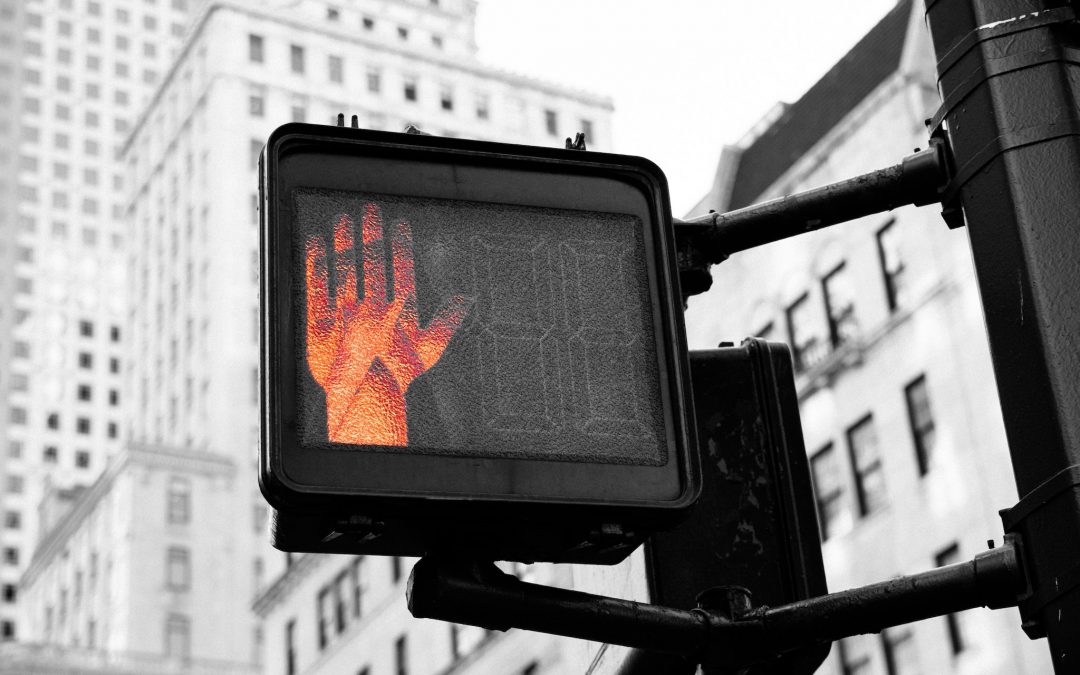In a nutshell, brand safety refers to efforts and practises ensuring that ads do not appear alongside content which may tarnish reputation. Thanks to stringent control in Southeast Asia, advertisements appearing on pornographic and drug-related websites isn’t much of a headache. However, there are other factors about brand safety which require our collective attention: ads appearing on illegal download websites, viewability issues, and false impressions, amongst others. To tackle these issues, brands, agencies and ad tech companies need to come together to minimise risks.
Here’s what you can do:
Have a precise definition of brand safety
Contexts such as websites containing violence, politically charged content and extremist forums, which may contribute to a brand’s negative image are difficult to regulate by authorities as they are not entirely illegal. As a marketing manager, it is your responsibility to devise crystal-clear boundaries stating which places are acceptable for your brand to be featured in, and which are off-limits. These guidelines depend on the brand’s unique ecosystem, consisting of its target audience, values, perception, stakeholders, partners and regional presence. Do note that no two brands will adhere to the same regulations, as what seems perfectly reasonable to one may be contentious to another.
Have whitelists, blacklists and negative keywords in place
When formulating brand safety parameters, look to agencies, third-party verification partners and social media platforms for assistance. Agencies can help you filter through websites which do not sync with your brand’s identity. For example, a fragrance brand might not want their ads displayed on religious platforms. Third-party partners usually maintain whitelists of acceptable sites, as well as blacklists of offensive URLs and unsavoury key-words. They also help generate client-specific key-word blacklists. After receiving flak from users and brands, social media platforms such as Facebook and Youtube have bolstered efforts to keep objectionable content at bay, and now provide pre-campaign reports detailing possible sites where ads could show up.
Conduct regular reviews
To ensure your brand’s integrity is not compromised, you must conduct due diligence by regularly monitoring where your ads are displayed. While the process may be tedious, any unfortunate ad locations can be eliminated instantly. Unfortunately, there is no technology which can mimic the human eye when it comes to mitigating the possibility of ads showing up in the wrong places. By keeping tabs on your ad movements, you would be able to glean a better understanding of the effectiveness of your brand’s safety controls.
Have appropriate policies in place
In the event of a breach of brand safety or ad fraud, you must have the necessary precautions in place to deal with the issue promptly. Work swiftly to minimise damage caused to your brand and to ensure the incident does not occur again. Engage the help of an agency or a third-party vendor to assist you in removing the ad and blacklisting the offending website. If the ad cannot be taken down immediately, negotiate for a timetable which lessens potential fallout for your brand.
Use ads.txt to your advantage
Authorized Digital Sellers or ads.txt is a handy IAB-approved tool which vouches for the authenticity and transparency of publisher websites. While not mandatory, the ads.txt operates as a badge of reliability, letting media buyers know exactly which sites are free from illicit ad space. More and more content hosts and publishers are adopting the code to communicate their legitimacy. When you or your media team are on the lookout for ad inventory, ensure the publishers possess the ads.txt code on their website.

